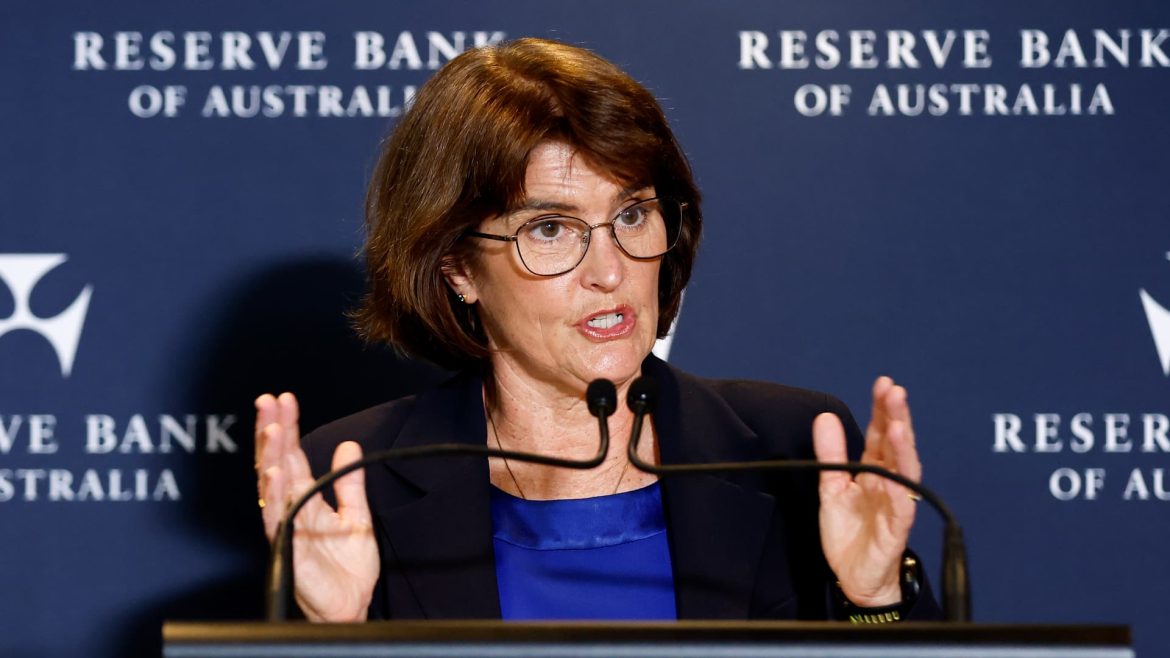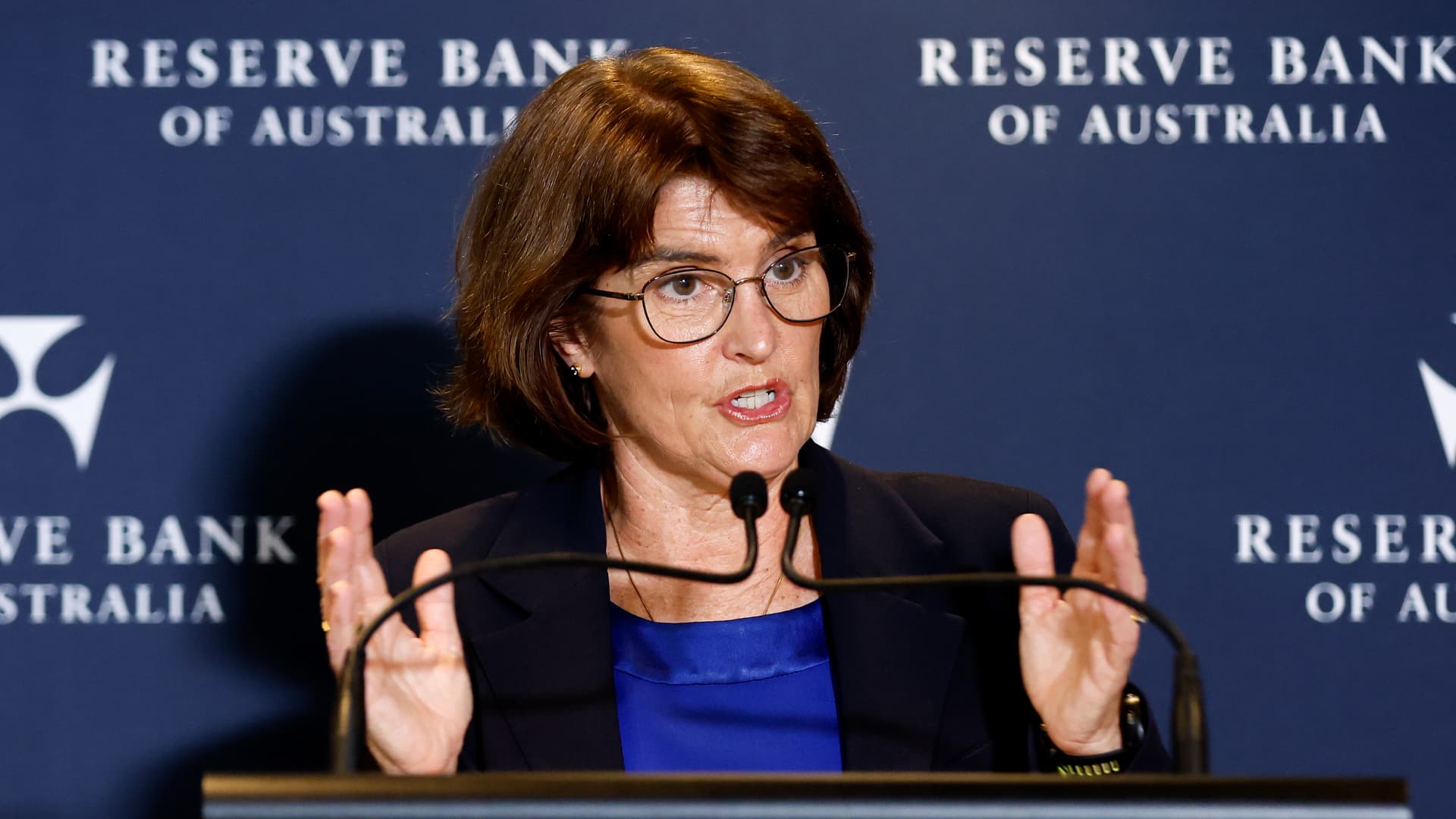Australia’s Recent Interest Rate Cut: Navigating a Changing Economic Landscape
Australia’s central bank, the Reserve Bank of Australia (RBA), has recently reduced its policy interest rate to 3.85%, marking the lowest level since May 2023. This move, involving a 25 basis point cut, reflects ongoing shifts in inflation dynamics and the broader economic environment. The decision comes amidst a backdrop of easing inflationary pressures domestically and growing concerns about global economic uncertainties. This analysis explores the context, drivers, implications, and outlook related to Australia’s rate cut.
Inflation Trends and Monetary Policy Adjustment
A central factor motivating the RBA’s decision has been the sustained decrease in Australia’s inflation rate. Consumer price inflation has slowed significantly, recently hitting a 3½-year low and drawing closer to the RBA’s target range of 2-3%. Core inflation measures, which exclude volatile items such as fuel and food, have also shown a downward trend, albeit with some persistence, creating a nuanced backdrop for policymaking.
The deceleration of inflation reflects multiple influences: government rebates on electricity and declining gasoline prices have contributed to easing costs in the consumer basket. The inflation drop from previous years’ highs allows the RBA more flexibility to reduce the cash rate without stoking renewed price pressures. This cut represents the second this year and aligns with expectations of further monetary easing once inflation stabilizes firmly within the target band.
Economic Conditions and Global Uncertainty
While domestic inflation is cooling, the broader economic outlook remains cautious. The central bank highlighted a darker global economic environment, characterized by slower growth and increased uncertainties that could impact Australia’s export markets and financial stability. Amid these concerns, the RBA’s rate cut serves a dual purpose: to support growth and provide relief to borrowers while maintaining vigilance against potential risks that could derail the recovery.
Australia’s economy has demonstrated resilience, adding new jobs and sustaining growth momentum. However, the interplay of global trade shifts and geopolitical factors places a veil of uncertainty over the medium-term outlook. Lower interest rates, therefore, are intended to nurture domestic demand and buffer the economy from external shocks.
Implications for Borrowers and Markets
The reduction to 3.85% signals a reorientation of monetary policy towards easing, expected to benefit households and businesses through lower borrowing costs. The property market, particularly residential housing, may experience renewed activity as cheaper debt stimulates purchasing power and competition among lenders intensifies.
Financial markets have responded positively, with equities rallying amid heightened expectations of further rate cuts before the year’s end. The lower benchmark rate encourages investment and consumer spending, both critical components for sustaining economic expansion and facilitating a “soft landing” — a scenario where growth continues without rekindling significant inflationary pressures.
Future Outlook and Policy Considerations
Looking ahead, the RBA appears cautious but optimistic. Inflation forecasts suggest continued moderation into 2025, though some core inflation components remain sticky, indicating that any future rate cuts will be gradual and data-dependent. Policymakers emphasize the importance of sustained progress before embarking on an extended easing cycle.
Political factors also play a role; the recent rate cut provides some economic relief ahead of upcoming federal elections, which adds an element of socio-political sensitivity to monetary decisions.
The central bank’s latest statements indicate that while the easing cycle may be underway, it is finely balanced. Global uncertainties persist, and inflation expectations must be carefully monitored to avoid premature loosening that could destabilize progress made in price stability.
Conclusion: Steering Through Transition
Australia’s central bank’s decision to cut interest rates to a two-year low of 3.85% reflects a dynamic economic environment where inflation easing intersects with global uncertainties. This policy adjustment aims to nurture continued growth and alleviate financial burdens while maintaining prudence against emerging risks. As Australia navigates this transition, the coordinated interplay between inflation trends, economic performance, and external factors will shape the trajectory of monetary policy. The RBA’s approach underscores a careful balancing act: supporting recovery and growth while safeguarding the hard-won gains in inflation control. This nuanced stance sets the stage for a potentially transformative period in Australia’s economic journey, marked by cautious optimism and vigilant policy management.





